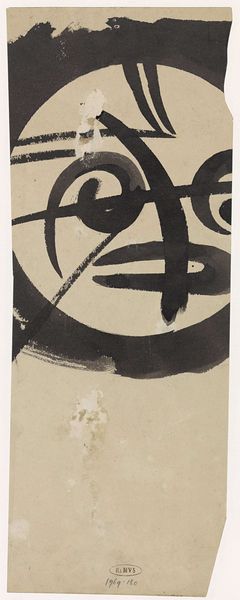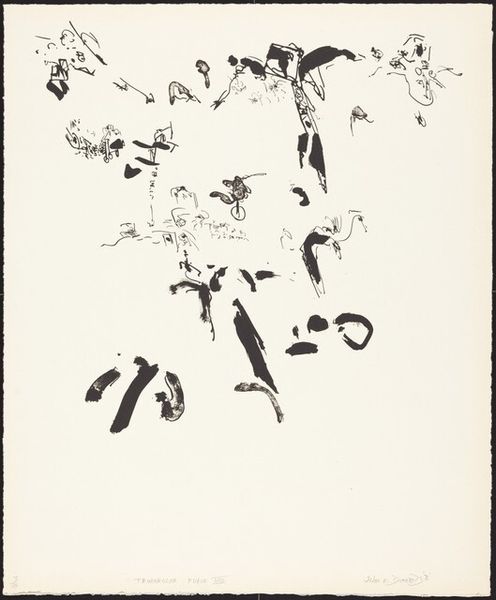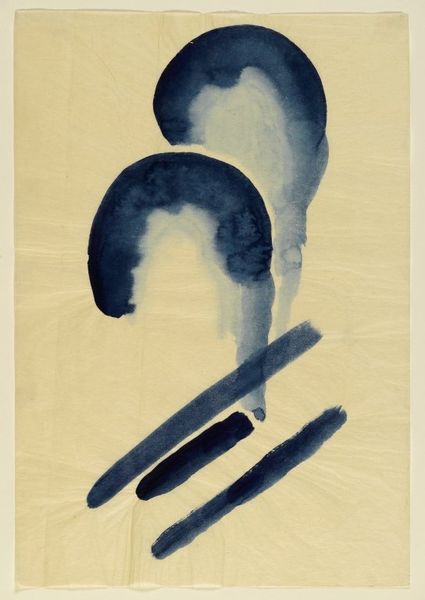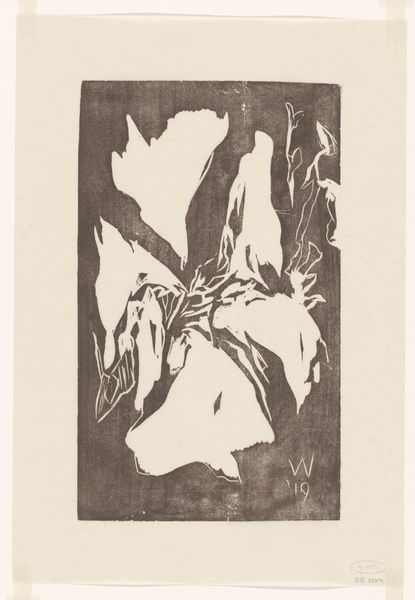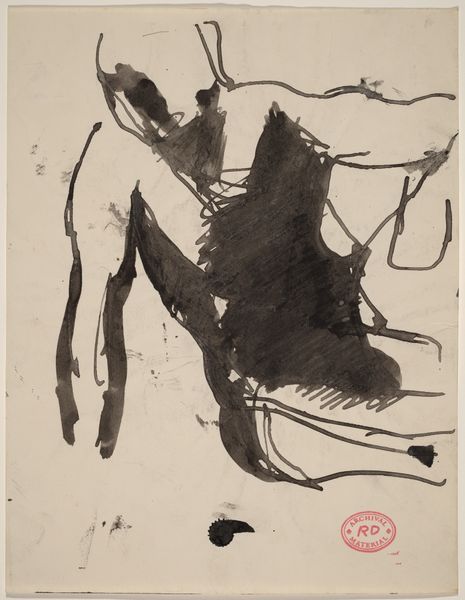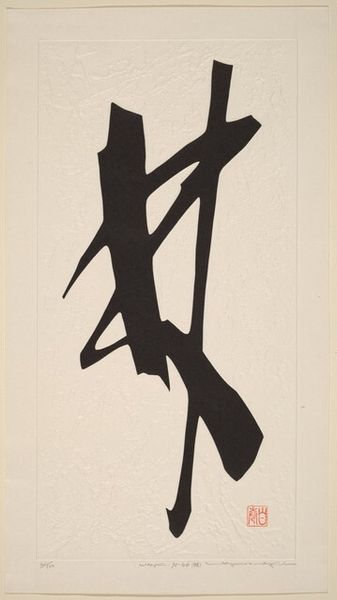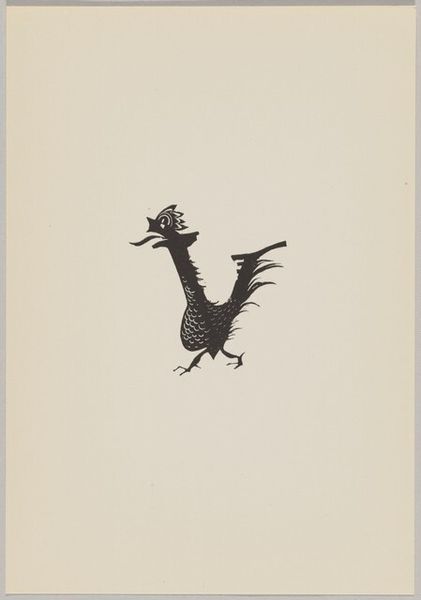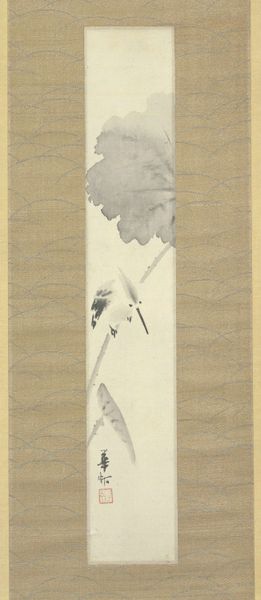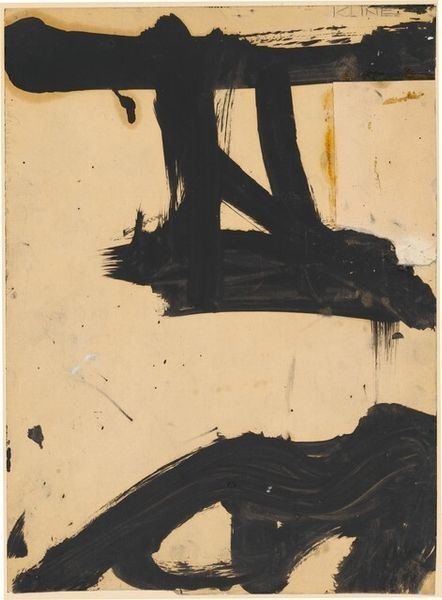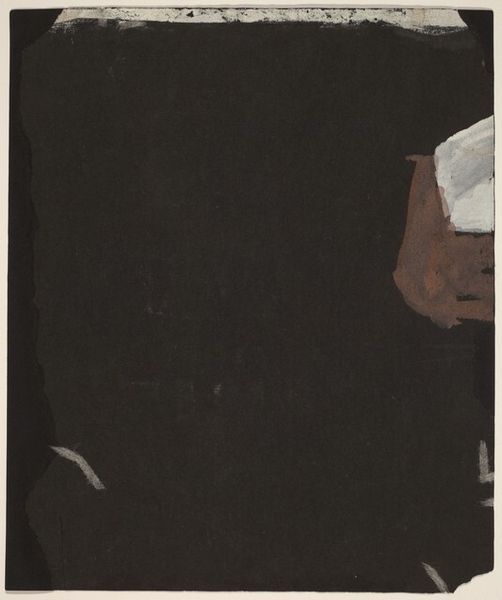
drawing, mixed-media, paper
#
drawing
#
mixed-media
#
paper
#
abstraction
#
pop-art
Dimensions: image: 66.2 x 48.6 cm (26 1/16 x 19 1/8 in.) sheet: 74.9 x 52.1 cm (29 1/2 x 20 1/2 in.)
Copyright: National Gallery of Art: CC0 1.0
Editor: Here we have Roy Lichtenstein’s "Shipboard Girl: Separation Drawing for Yellow," made in 1965 with mixed media on paper. I'm struck by the simplicity of the graphic shapes and the use of negative space, even if the medium is quite rudimentary. What strikes you when you look at this piece? Curator: What I see is the unvarnished process of mass media production. Lichtenstein, in this drawing, is laying bare the usually invisible labor of color separation. Consider the materials—this isn't high art canvas, but workaday paper marked with guidelines and even the handwritten note, "Yellow," suggesting the drawing’s role in a larger commercial printing process. Editor: So, it's like a behind-the-scenes glimpse at how his famous Pop Art images were made? Curator: Exactly! The means of production become the subject itself. We aren't just seeing a stylized woman, but the steps involved in reproducing her image for mass consumption. And think about what "Pop" art signifies—blurring boundaries, using accessible materials, and celebrating everyday culture, and, inevitably, commenting on commodity culture. The materiality of this piece actively resists traditional notions of artistic skill or preciousness. Editor: It challenges this idea of the artist as a lone genius crafting something unique and precious, and reframes the importance of labor. Curator: Precisely! By elevating the "separation drawing," Lichtenstein foregrounds the usually unacknowledged work behind his iconic images and behind commercial image making, shifting our focus to the social and economic systems underpinning art itself. We might also think about who *consumed* it...how it made people feel. Editor: That’s fascinating. I’ll never look at a Lichtenstein print the same way again. This insight into his working process makes me reconsider Pop art's relationship to both high art and consumer culture. Curator: And it reminds us to consider what labour makes an object valuable and how that relates to who is using it. It certainly gives food for thought!
Comments
No comments
Be the first to comment and join the conversation on the ultimate creative platform.


